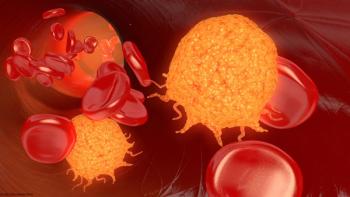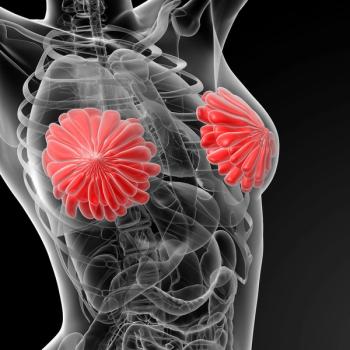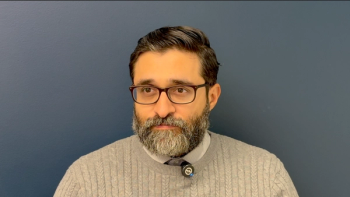
- ONCOLOGY Vol 11 No 11
- Volume 11
- Issue 11
A New Tool in the Study of Cancer
With a few clicks of a computer mouse, scientists now can access a free on-line index that will soon show tens of thousands of
With a few clicks of a computer mouse, scientists now can access a free on-line index that will soon show tens of thousands of genes expressed in common cancers, including lung, prostate, colon, breast, and ovarian.
The web site, part of the Cancer Genome Anatomy Project (CGAP), which was developed by the National Cancer Institute (NCI) and National Library of Medicine, offers a new tool to study cancer. Now scientists can click on the CGAP web site from their office computers and submit specific queries about genes expressed during the development of cancer. In response, the CGAP database will sort through its gene index in seconds and provide a list of genes relevant to the query, data that just a few years ago researchers might have contemplated devoting their entire careers to obtain.
Researchers can then go back to the laboratory to investigate more completely the role of these genes or sets of genes and their protein products in cancer. CGAP highlights the rapid progress that can be made when technology development and scientific discovery work hand in hand, said Vice President Al Gore, who officially launched the CGAP web site at a ceremony in Washington, DC. We hope this project will eventually have an impact on every aspect of the fight against cancer.
A Work in Progress
The CGAP home page is located at
If a gene transcript represented a book, one could think of CGAP as collecting and ordering into individual libraries all of the books that a normal, a precancerous, and a malignant cell prints at one time, said Klausner. With further analysis of each library, it will be possible ultimately to read and contrast the full genetic text of a normal cell with that of a cancer cell, critical information in trying to understand the molecular causes of cancer.
Klausner said the CGAP is employing a new research tool to create many of its cDNA libraries. Called laser capture microdissection, or LCM, the new technique allows researchers to select specific tumor cells for analysis, and assess which genes they are expressing in their environment inside the body.
Lance Liotta, MD, PhD, chief of NCIs Laboratory of Pathology, said researchers in the past typically have had to spend hours isolating and culturing cells before they were ever able to study the genes and proteins inside them. As a result, the cells often have begun to react to their new laboratory environment, expressing genes differently than they would inside in the body and making analyses difficult.
LCM works on the same, basic aim-and-shoot principle as a camera:
- A scientist looks through a microscope at a tissue biopsy, which typically contains hundreds of types of cells.
- Upon spotting a group of interesting cells (normal, precancerous, or cancerous), the scientist presses a button on the side of the microscope. The button activates a laser, which flashes a beam of light that has an intensity slightly greater than a laser pointer.
- The laser beam passes through the plastic film placed above the tissue sample and focuses onto the cells. In the process, the beam melts the film, causing it to fuse to the underlying cells. When the film is removed, the selected cells are immediately extracted from the plastic and ready for analysis.
Articles in this issue
about 28 years ago
Daniplestim May Increase Peripheral Blood Stem-Cell Harvestsabout 28 years ago
Childhood Cancers-Positives and Negatives in Europeabout 28 years ago
Tobacco Tax Initiative-Oregon, 1996about 28 years ago
Update: Trends in AIDS Incidence in the United Statesabout 28 years ago
New Treatment for Patients With Advanced Breast Cancerabout 28 years ago
Prostate Cancer Treatment in Europeabout 28 years ago
Genetic Changes May Persist in Former Smokersabout 28 years ago
Clinical Status and Optimal Use of New Therapeutic Agentsabout 28 years ago
Olive Garden Raises $2 Million for Leukemia Societyabout 28 years ago
Advances Made, Challenges Remain in Fight Against CancerNewsletter
Stay up to date on recent advances in the multidisciplinary approach to cancer.


















































































